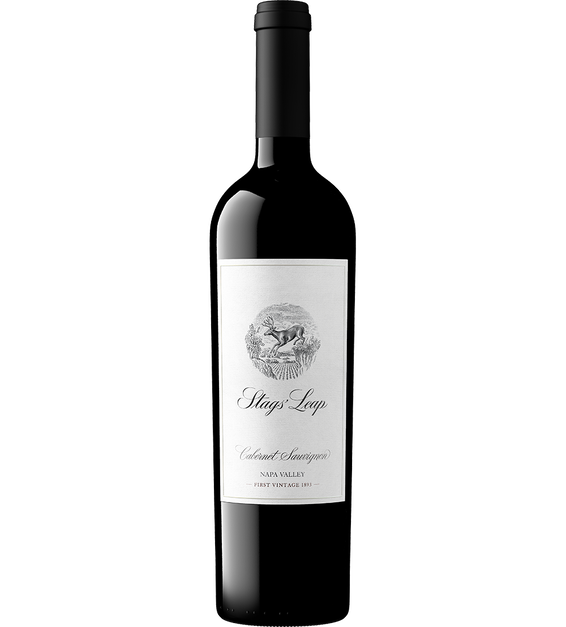Light to Full-Bodied: Red Wines to Add to Your Bingo Card
By Cole Swanson
12/18/24
If you are a red wine drinker – new or seasoned – light, medium, and full-bodied are important terms for understanding which style of wine you enjoy. These are most useful for describing the viscosity, or weight, of a wine, which will go a long way regarding the entirety of the wine’s profile.
The body of a wine is determined by the levels of tannin, alcohol, and acidity, though people most commonly praise tannins, an attribute of red wine that provides grippy and drying sensations and bitter flavors. In everyday speak, if you say you want a “bold” or “big” wine, you will be referring to a wine with a lot of tannins – the more tannins the fuller the body. If you’re looking for something on the opposite side of the spectrum, you may say “fruit forward” or “fruity.”
If you’re still exploring your preferred style of wine, or want to find new wines to try, below are examples of light-bodied to full-bodied wines and everything in between.
LIGHT-BODIED RED WINES
Beaujolais AKA Gamay
Beaujolais, France is known for Gamay, a red grape that produces light-bodied, floral wines with raspberry flavors that can be served slightly chilled. Beaujolais Nouveau is a great example, particularly made to be fruit forward and drunk immediately after purchase.
Cinsault
When produced as 100% Cinsault (sin-soh), the wine will have a bright red color and little tannins. In areas like the Southern Rhone Valley of France it is used predominantly for blending, where it adds red fruit flavors; it is also a common grape when making rosé.
Pinot Nior
Pinot Noir from Burgundy, France or the Willamette Valley, Oregon. Both of these regions have cooler-to-moderately warm climates, in which Pinot Noir grows best. These two areas consistently compete for the best Pinot Noir in the world.
Valpolicella Classico – The region of Valpolicella lies in northern Italy. The prominent grape here is Corvina, and when grown in the hillsides, such is the case with Valpolicella Classico specifically, it creates a crisp wine dominated by red cherries.
Medium-bodied Red Wines of the World
Barbera D’Asti – Barbera is the grape and Asti is the region in Piedmont, Italy where it is mostly grown. This region creates a range of profiles, as it produces wines in mass rather than in lower quantities. That being said, Barbera D’Asti typically produces wines with a medium body with lively juicy fruits.
Cabernet Franc from Bourgueil in the Loire Valley, France – Cabernet Franc is the dominant red grape of the Loire Valley, and, in Bourgueil specifically, it produces wines with tannic structure, juicy black plum, and black pepper.
Chianti DOCG – made predominately from the Sangiovese grape. There is the Chianti DOCG region and the Chianti Classico region. Chianti DOCG is divided into seven subzones, with Chianti DOCG being the all encompassing. Chianti DOCG is very approachable with herbal and spiced fruit notes and high acidity that is balanced by noticble, but not overwhelming tannins. Chianti from one of the seven sub-regions, such as Chianti Rufina, will be of higher quality along with the tanninic structure.
Tempranillo from Rioja, Spain – Rioja is in the northern part of Spain near the Basque region and is bisected into four regions. Specifically, the two northern regions, Rioja Alavesa or Rioja Alta, are suitable for supple and structured Tempranillo with notes of dried fig and cedar spice, balanced by moderate acidity and tannins.
Full-bodied Red Wines of the World
Barolo DOCG – Barolo DOCG is a region in Piedmont, Italy. Grapes labeled as Borolo are made entirely from the Nebbiolo grape, which results in wines that are bold and grippy with high levels of tannins, and have distinct perfumed aromas and sour cherries. The fullness of the wine may be deceivingdue to it’s light red color, but your perception will be twisted the moment you sip.
Brunello di Montalcino – made from the Sangiovese grape. The region of Brunello di Montalcino, Italy is at a lower altitude than Chianti, resulting in a warmer climate. Therefore, though it utilizes the same grape as Chianti, it will be more tannic and full-bodied, resulting in wines that are complex and can age for up to decades.
Cabernet Sauvignon from the Napa Valley – Cabernet Sauvignon is known for having a large tannic structure with black current when young and developing leather-y, savory notes as it ages. This is especially true when produced in warm climates like the Napa Valley.
Pomerol, Bordeaux, France (AKA Right Bank Bordeaux) – Merlot is the grape of Pomerol and is known for being rich with blackberries and spices. This is due to warmer climate and gravel soils, which retain and reflect heat, helping the merlot grape to ripen fully. The addition of winemaking techniques also helps these grapes to be fuller-bodied.
Shiraz from the Barossa Valley, Australia – this is the same grape as Syrah, but in Australia they refer to it as Shiraz. Syrah has the ability to grow in moderately warm and warm climates. The Barossa Valley is incredibly warm and therefore when Shiraz ripens it has a lot of tannins with baking spices flavors.
Cole Swanson
WSET 2 & 3, Spanish Wine Scholar
















